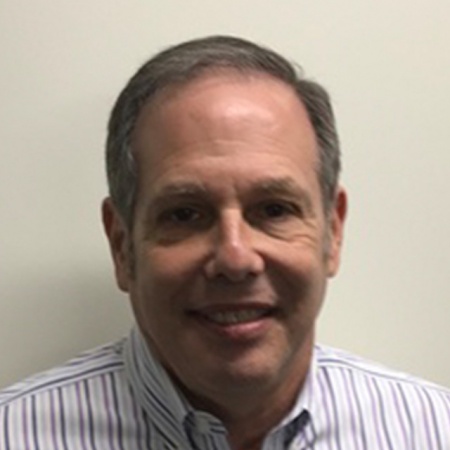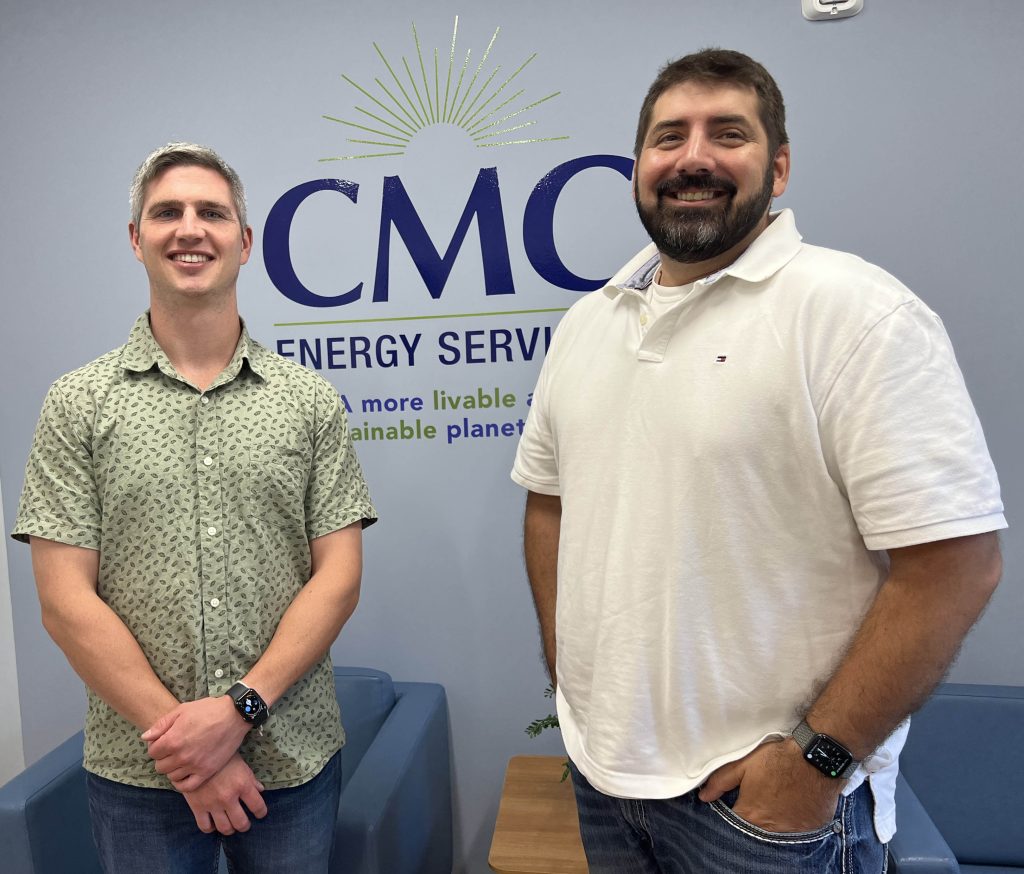Mid-July was a proud period for CMC’s IT team. Not birth of your first child proud, but pretty close.
The IT team led by Anthony Retallick and Howard Wisnik, with support from Ben Altomari, Dylan Tooher and Engage’s Anita Patel, placed the entire PSEG program into Salesforce 2.0—making it the first program fully supported from end-to-end by CMC’s newest software.


“The first phase of this project enabled field technicians to manage the direct installation process for home audits,” Retallick said. “The second phase goes so much deeper. We can now make recommendations for deeper measures, trade allies can process their work—and bills—directly in Salesforce and we can get much more detailed workflows in the program.”
Previously, CMC’s Energy Reduction Management System (ERMS) was used to manage all utility programs, which had its benefits and drawbacks. On the plus side, ERMS was created by CMC so all update work could be completed on the program by CMC’s IT. On the downside, ERMS had to be reformatted and re-coded for any new program we brought on, required substantial IT resources to update the program and didn’t always give our utility partners the access or data they wanted, Retallick noted.
“Before we introduced Salesforce, there were a lot of programs with very specific needs that had to be completed by the IT department,” Retallick said. “With Salesforce, we’re changing our program onboarding process to try to use 90 percent of Salesforce’s capabilities and functionality directly out-of-the-box. This approach is a huge step forward for CMC.”
Among the benefits Retallick highlighted are:
- A shift to a more standard deployment process for bringing on new programs. This will speed the onboarding process by eliminating a majority of the customization work required from IT.
- Quicker billing capabilities by enabling better tracking of the work completed as part of the energy audits and providing transparency to the program implementer (ICF in this case) to verify the completed work.
- More control for the Program Delivery team to manage their programs. For example, IT won’t be needed to help with pricing updates, which can now be done by the Program Delivery team.
- Reduced IT time commitments to bring on programs, which frees them up to bring on new programs or address other needs.
- Creates a single “source of truth” for a program instead of relying on multiple locations for work completed, billing and the other program management tasks.
“The shift to Salesforce had an immediate benefit for the PSEG program because we could move from tracking work on spreadsheets for billing purposes to seeing and sharing a project’s ongoing progress,” said Altomari, senior program manager for the PSEG program. “The bottom line is we can bill clients more quickly, reduce manual labor and reduce the chances for errors.”

The Salesforce 2.0 implementation also is a demonstration of a new approach IT is taking for projects. It features a more agile approach with “sprints” of work attacking smaller pieces of a project, explained Paul Mackay, Chief Information Officer.
“Our new approach is more incremental, which allows us to tackle specific elements of a project,” Mackay said. “We are now aiming for the minimum viable product, relying heavily on out-of-the-box functionality, that enables us to provide a quality product to the CMC team. Then, we move on to additional needs of the business unit.”
Before the end of the year, IT plans to deploy Salesforce to another program and all future programs CMC supports will start in Salesforce.
“We listened to the challenges that ERMS had and have developed Salesforce to address those issues,” Mackay concluded. “Ultimately, Salesforce gives greater control to program managers, removes the reliance on IT to update program matters and helps CMC bill more quickly.”

